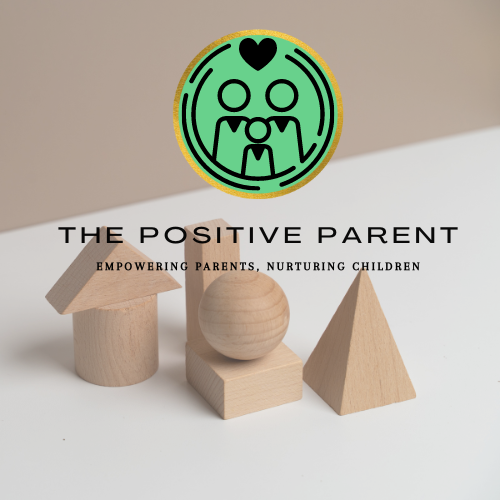The Ultimate Guide to Potty Training: Tips for Parents
The Ultimate Guide to Potty Training: Tips for Parents
Potty training is a significant milestone in a child’s development and can be a challenging yet rewarding experience for both parents and children. This comprehensive guide will provide you with essential tips and strategies to make the process smoother and more successful.
Understanding Potty Training
Potty training is the process of teaching your child to use the toilet for urination and defecation. It involves transitioning from diapers to using a potty chair or toilet. The goal is to help your child recognize the need to go, communicate it, and use the potty independently.
When to Start Potty Training
The ideal time to start potty training varies for each child. Most children show signs of readiness between 18 months and 3 years old1. Look for these indicators that your child might be ready:
Staying dry for longer periods: If your child can stay dry for at least two hours during the day or wakes up dry from naps, it’s a good sign.
Interest in using the potty: Showing curiosity about the toilet or imitating family members.
Physical readiness: Being able to sit down and get up from the potty independently.
Communication: Your child can express the need to go, either verbally or through body language.
Preparing for Potty Training
Preparation is key to successful potty training. Here are some steps to get started:
Introduce the Concept: Talk to your child about potty training and explain what it involves. Use simple language and be positive.
Choose the Right Equipment: Invest in a child-friendly potty chair or a seat adapter for the regular toilet. Make sure it’s comfortable and accessible.
Create a Routine: Establish a consistent potty routine. Encourage your child to sit on the potty at regular intervals, such as after meals or before bedtime.
Use Training Pants: Transition from diapers to training pants or underwear. This helps your child feel the difference between being wet and dry.
Read Books and Watch Videos: There are many children’s books and videos about potty training that can make the process fun and relatable.
Tips for Successful Potty Training
Be Patient and Positive: Potty training can take time, and accidents are part of the process. Stay calm and encourage your child with positive reinforcement.
Celebrate Successes: Praise your child for using the potty, even if it’s just sitting on it. Small rewards like stickers or a special treat can be motivating.
Stay Consistent: Consistency is crucial. Stick to the routine and ensure all caregivers follow the same approach.
Watch for Signs: Pay attention to your child’s cues, such as fidgeting or hiding, which may indicate they need to go.
Make It Fun: Turn potty time into a fun activity. Sing songs, read a book, or play a game while your child sits on the potty.
Teach Hygiene: Show your child how to wipe properly, wash their hands, and flush the toilet. Good hygiene habits are essential.
Be Prepared for Setbacks: Regression is common, especially during times of stress or change. Stay supportive and patient.
Common Challenges and Solutions
Resistance to Using the Potty: Some children may resist using the potty. Address this by making the potty a positive and non-threatening experience. Never force your child to sit on the potty.
Accidents: Accidents are normal. Respond calmly and clean up without fuss. Encourage your child to try again next time.
Nighttime Training: Staying dry at night can take longer. Use waterproof mattress covers and consider nighttime training pants until your child is consistently dry.
Public bathrooms: Public bathrooms can be intimidating. Bring a portable potty seat and practice using it at home first.
Potty Training for Boys vs. Girls
While the basic principles of potty training are the same for boys and girls, there are some differences to consider:
Boys: Boys may take longer to potty train than girls. Start by teaching them to sit down to pee, then transition to standing up.
Girls: Girls often show readiness earlier than boys. Teach them to wipe from front to back to prevent infections.
Potty Training for Children with Special Needs
Children with special needs may require additional support and a tailored approach to potty training. Here are some tips:
Consult Professionals: Work with healthcare providers, therapists, or educators who understand your child’s specific needs.
Use Visual Aids: Visual schedules, social stories, and picture cards can help children understand the steps involved in using the potty.
Be Patient: Progress may be slower, and that’s okay. Celebrate small achievements and provide consistent support.
Encouraging Independence
As your child becomes more comfortable with potty training, encourage independence by:
Allowing Choices: Let your child choose their underwear or potty seat.
Involving Them in Cleanup: Teach your child to help with cleaning up after accidents.
Gradually Reducing Assistance: As your child gains confidence, gradually reduce the level of assistance you provide.
Final Thoughts
Potty training is a significant milestone that requires patience, consistency, and positive reinforcement. Every child is unique, and the process will vary. By following these tips and staying supportive, you can help your child achieve potty training success.
Remember, accidents and setbacks are part of the journey. Celebrate each small victory and provide a loving and encouraging environment for your child. With time and persistence, your child will master this important skill.
I hope this guide helps you navigate the potty training journey with your child. If you have any specific questions or need further advice, feel free to ask!



Comments
Post a Comment